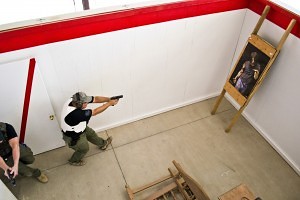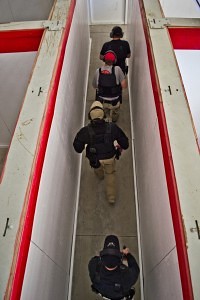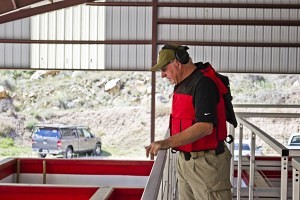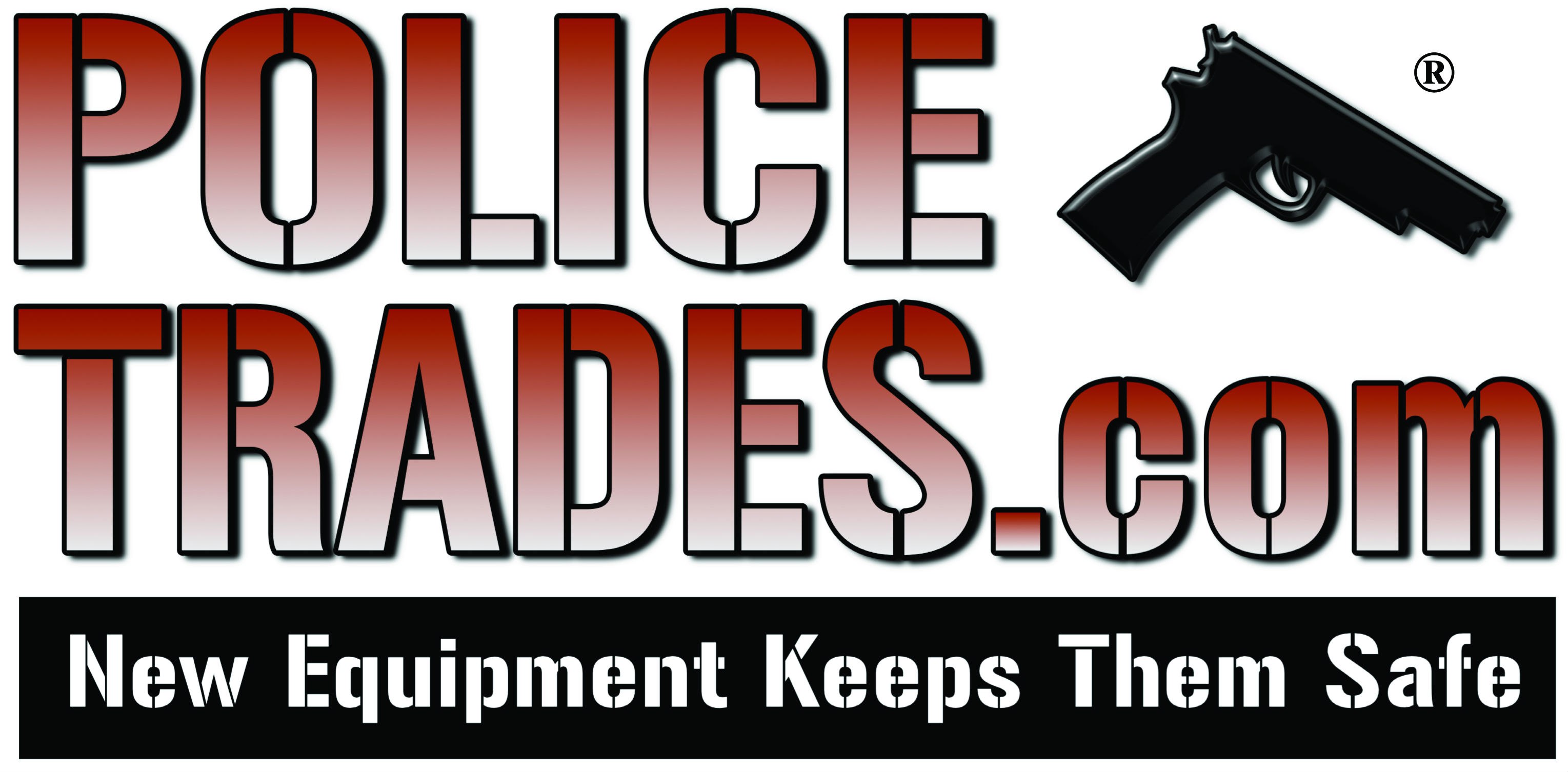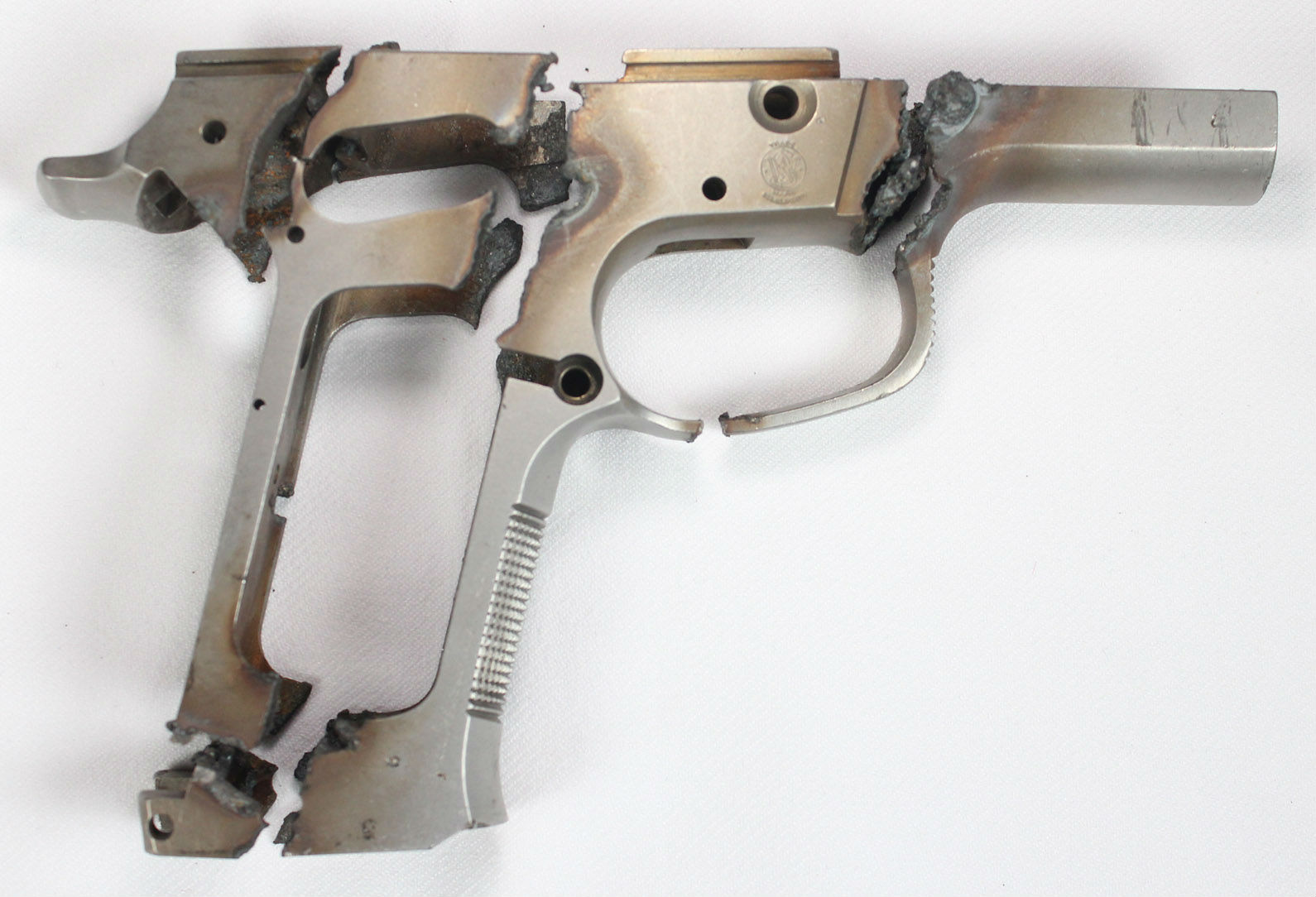The tac house, or shoot houses, are places where military and police practice real-life close quarters scenarios for training purposes. The simunition shoot house plays a crucial role in preparing personnel for various tactical operations, enhancing their skills in a controlled yet realistic setting. In this blog, we will explore the concept of a tac house, its design, the benefits of modular and portable versions, and why they are essential in modern tactical training.
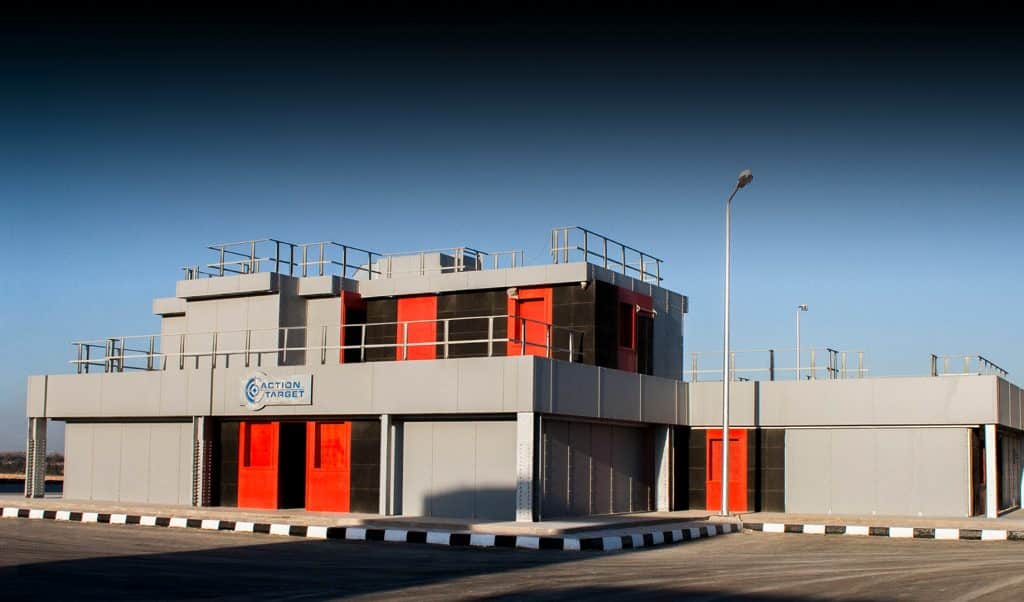
Understanding Tac Houses
A tac house, short for tactical house, is a training facility designed to replicate different environments that military and law enforcement personnel may encounter in the field. These structures are meticulously planned to provide realistic training scenarios, allowing trainees to practice room clearing, hostage rescue, and other tactical operations.
Tac houses are built to be versatile and adaptable. They can mimic residential homes, commercial buildings, or any other structure that personnel might need to enter and secure. This versatility makes them invaluable for training, as they provide a safe space to practice high-risk maneuvers without the dangers of a real-world operation.

Shoot House Design
The design of a shoot house is critical to its effectiveness. A well-designed shoot house will offer a variety of layouts and configurations to challenge trainees and prepare them for different scenarios. Key elements of shoot house design include:
- Versatility: The layout should be easily changeable to simulate different environments. This could involve movable walls, doors, and windows.
- Safety: Safety is paramount in a shoot house. Materials used in construction must be able to withstand live fire and prevent ricochets. Additionally, the house should include safe areas for instructors and observers.
- Realism: To provide effective training, the shoot house must closely mimic real-world environments. This includes the use of realistic furniture, fixtures, and other props.
- Visibility: Good lighting and visibility are essential, both for the trainees and for the instructors who need to monitor the training exercises.
Types of Shoot Houses
There are several types of shoot houses, each designed to meet different training needs. The main types include permanent, modular, and portable shoot houses.
Permanent Shoot Houses
Permanent shoot houses are fixed structures built to provide a long-term training environment. These facilities are often found at military bases or specialized training centers. They offer a wide range of training scenarios and are typically equipped with advanced features like live-fire capabilities, multiple story levels, and integrated surveillance systems.

Modular Shoot Houses
Modular shoot houses are designed for flexibility. These structures consist of pre-fabricated modules that can be assembled and reconfigured as needed. This allows trainers to quickly adapt the layout to different training scenarios. Modular shoot houses are ideal for facilities that need to provide a variety of training environments without building multiple permanent structures.
Portable Shoot Houses
Portable shoot houses offer the ultimate in flexibility and convenience. These structures can be transported and set up at different locations, providing on-site training opportunities. Portable shoot houses are particularly useful for agencies that need to train personnel in remote or varied environments. They are also cost-effective, as they eliminate the need for permanent training facilities at multiple locations.
Benefits of Tac Houses
Tac houses offer numerous benefits for tactical training. Here are some of the key advantages:
- Realistic Training: Tac houses provide a controlled environment where trainees can practice real-world scenarios without the associated risks.
- Skill Development: By simulating different environments and scenarios, tac houses help personnel develop a wide range of skills, including room clearing, teamwork, and decision-making under pressure.
- Safety: Training in a tac house allows personnel to practice high-risk maneuvers safely. The structure is designed to minimize the risk of injury, even during live-fire exercises.
- Flexibility: Modular and portable shoot houses offer the flexibility to adapt training scenarios to specific needs. This ensures that trainees are prepared for a variety of situations.
- Cost-Effective: While the initial investment in a tac house can be significant, the long-term benefits and cost savings make it a worthwhile investment. Tac houses reduce the need for multiple training facilities and allow for more efficient use of training resources.

Tac House Design Features
Designing a tac house involves careful consideration of several key features. These features ensure that the structure is safe, realistic, and effective for training purposes.
Ballistic Protection
One of the most critical design features of a tac house is ballistic protection. The walls, floors, and ceilings must be constructed from materials that can withstand live fire. This prevents bullets from penetrating the structure and reduces the risk of ricochets. Common materials used for ballistic protection include steel plates, ballistic rubber, and specially designed ballistic panels.
Soundproofing
Soundproofing is another important consideration in shoot house design. Training exercises often involve the use of firearms and explosives, which can generate significant noise. Soundproofing helps to contain the noise within the shoot house, minimizing disruption to surrounding areas and protecting the hearing of trainees and instructors.
Observation and Monitoring
Effective training requires the ability to observe and monitor exercises. Shoot houses are often equipped with surveillance systems, including cameras and microphones, to allow instructors to watch and listen to trainees in real-time. This enables instructors to provide immediate feedback and ensures that exercises are conducted safely.
Adjustable Layouts
As mentioned earlier, versatility is key in shoot house design. The ability to adjust the layout of the shoot house allows trainers to create a wide range of scenarios. This can involve movable walls, doors, and windows, as well as interchangeable furniture and props. Adjustable layouts keep training exercises fresh and challenging, helping trainees develop a broader set of skills.
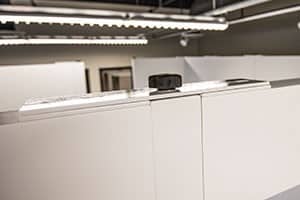
The Importance of Tac Houses in Training
Tac houses are essential for modern tactical training. They provide a safe and controlled environment where personnel can practice high-risk maneuvers and develop critical skills. Here are some of the reasons why tac houses are so important:
- Preparation for Real-World Scenarios: Tac houses allow trainees to practice realistic scenarios, preparing them for the challenges they will face in the field. This includes everything from routine operations to high-stakes missions.
- Teamwork and Communication: Effective tactical operations require strong teamwork and communication. Tac houses provide a setting where trainees can practice working together, coordinating their actions, and communicating effectively under pressure.
- Stress Management: Tactical operations can be highly stressful. Training in a tac house helps personnel learn to manage stress and make decisions quickly and effectively in high-pressure situations.
- Confidence Building: By practicing in a realistic environment, trainees build confidence in their skills and abilities. This confidence is crucial for success in real-world operations.
Modular and Portable Shoot Houses: Advantages and Use Cases
Modular and portable shoot houses offer unique advantages over permanent structures. Their flexibility and convenience make them ideal for a variety of training scenarios.
Modular Shoot House
Modular shoot houses are constructed from pre-fabricated modules that can be assembled and reconfigured as needed. This allows trainers to create different layouts and scenarios quickly and easily. The main advantages of modular shoot houses include:
- Flexibility: Modules can be arranged in various configurations, providing a wide range of training scenarios.
- Cost-Effective: Modular shoot houses are often more cost-effective than building multiple permanent structures. They can be easily expanded or modified as training needs change.
- Portability: While modular shoot houses are not as portable as fully portable structures, they can be disassembled and relocated if necessary.
Use cases for modular shoot houses include:
- Training Centers: Modular shoot houses are ideal for training centers that need to provide a variety of scenarios for different types of training.
- Law Enforcement Agencies: Police departments and other law enforcement agencies can use modular shoot houses to train officers in different tactical operations.
- Military Bases: Modular shoot houses are commonly used on military bases to train personnel for urban combat and other operations.
Portable Shoot Houses
Portable shoot houses take flexibility to the next level. These structures can be transported and set up at different locations, providing on-site training opportunities. The main advantages of portable shoot houses include:
- Convenience: Portable shoot houses can be set up quickly and easily at different locations, providing on-site training without the need for permanent facilities.
- Cost-Effective: Portable shoot houses eliminate the need for multiple permanent training facilities, reducing costs.
- Versatility: Portable shoot houses can be used in a variety of environments, from urban areas to remote locations.
Use cases for portable shoot houses include:
- Remote Training: Portable shoot houses are ideal for training in remote locations where permanent facilities are not available.
- Special Operations: Special operations units can use portable shoot houses to train for specific missions in different environments.
- Field Training Exercises: Portable shoot houses can be used in field training exercises, providing realistic scenarios in a controlled environment.
Conclusion
Tac houses, or shoot houses, are essential tools for modern tactical training. These structures provide a safe and controlled environment where military and law enforcement personnel can practice high-risk maneuvers and develop critical skills. Whether permanent, modular, or portable, shoot houses offer numerous benefits, including realistic training scenarios, skill development, and cost-effective solutions for training needs.
The design of a shoot house is critical to its effectiveness, with key features including ballistic protection, soundproofing, observation systems, and adjustable layouts. Modular and portable shoot houses offer unique advantages in terms of flexibility and convenience, making them ideal for a variety of training scenarios.
In conclusion, tac houses play a crucial role in preparing personnel for the challenges they will face in the field. By providing realistic training environments, these structures help trainees develop the skills and confidence they need to succeed in real-world operations. Whether for military, law enforcement, or special operations, tac houses are an invaluable asset in the world of tactical training.
If interested in any TAC House products, contact Action Target range sales.









